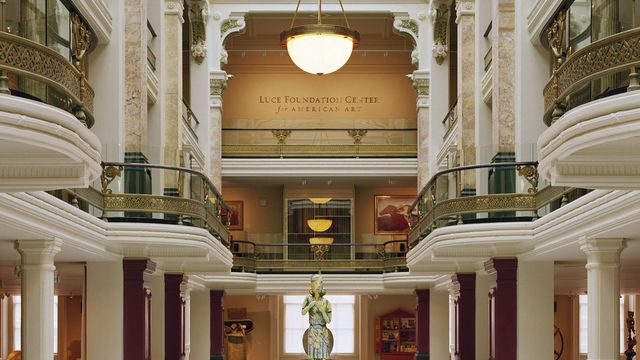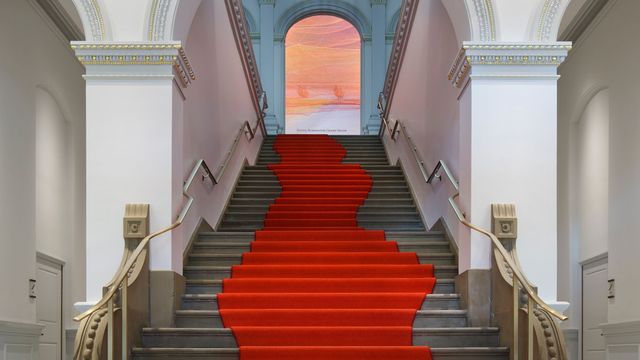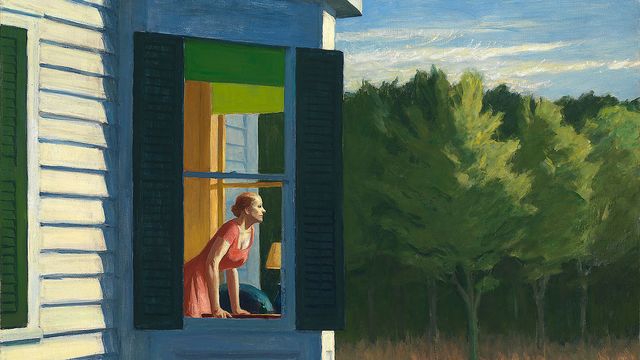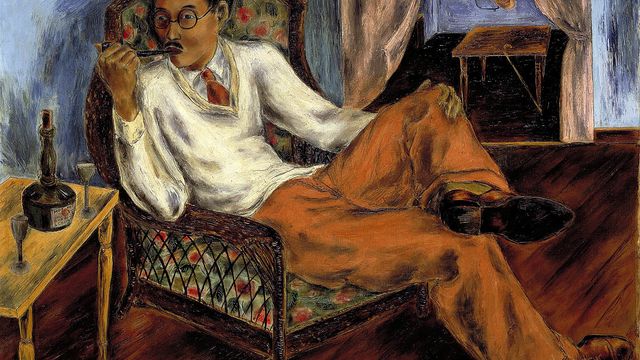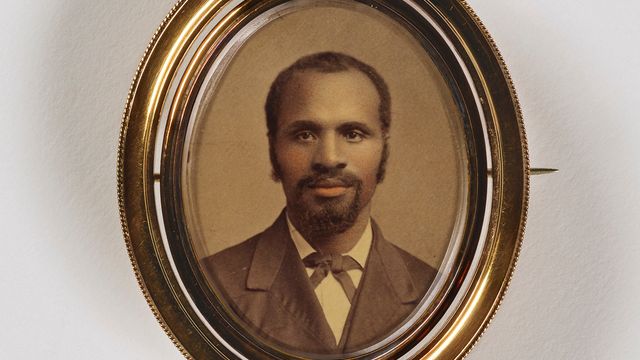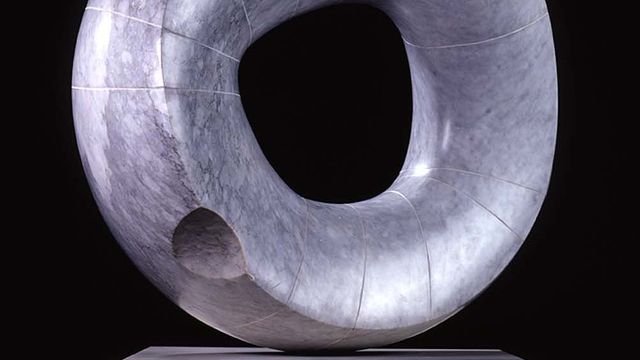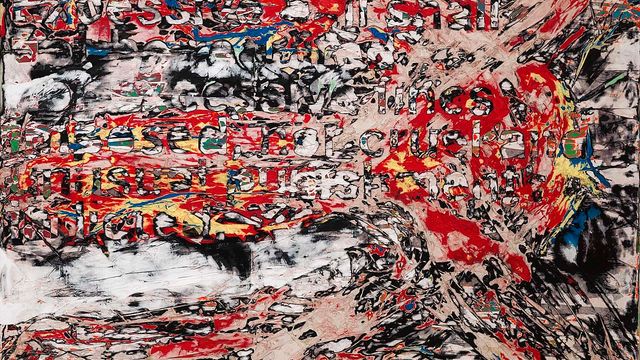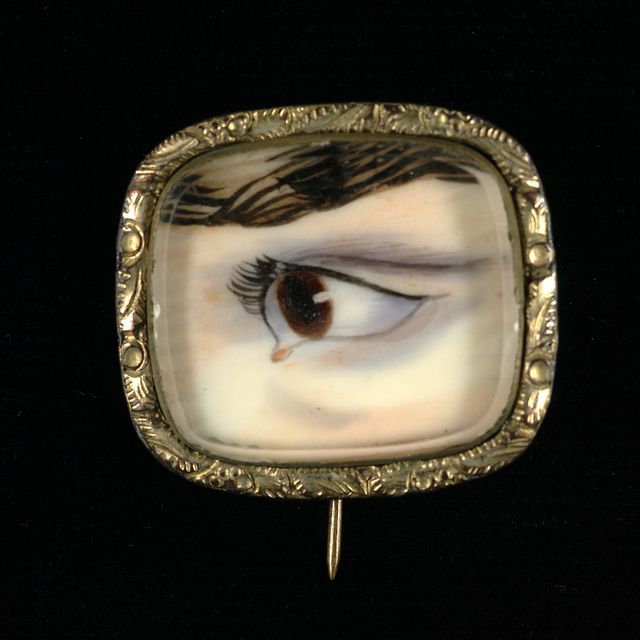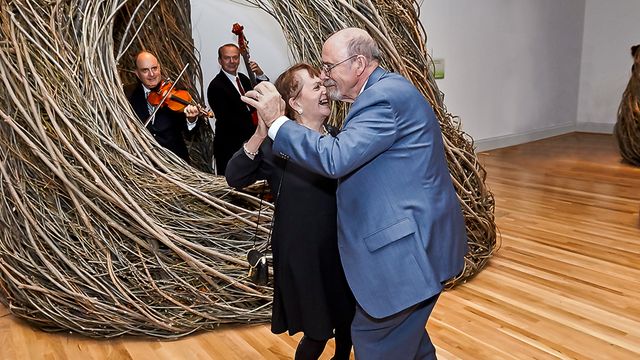Copied
Constantino Brumidi, Study for the Apotheosis of Washington in the Rotunda of the United States Capitol Building, ca. 1859-1862, oil on canvas, 35 1⁄4 in. (89.5 cm) diam., Smithsonian American Art Museum, Museum purchase made possible by the American Art Forum, 2012.15
Free to use
Copied
Artwork Details
- Title
- Study for the Apotheosis of Washington in the Rotunda of the United States Capitol Building
- Artist
- Date
- ca. 1859-1862
- Location
- Not on view
- Dimensions
- 35 1⁄4 in. (89.5 cm) diam.
- Credit Line
- Museum purchase made possible by the American Art Forum
- Mediums Description
- oil on canvas
- Classifications
- Subjects
- Allegory — arts and sciences — science
- Allegory — other — triumph
- Portrait male — Washington, George
- Study — mural study
- Allegory — civic — liberty
- Allegory — civic — war
- Allegory — arts and sciences — agriculture
- Object Number
- 2012.15


